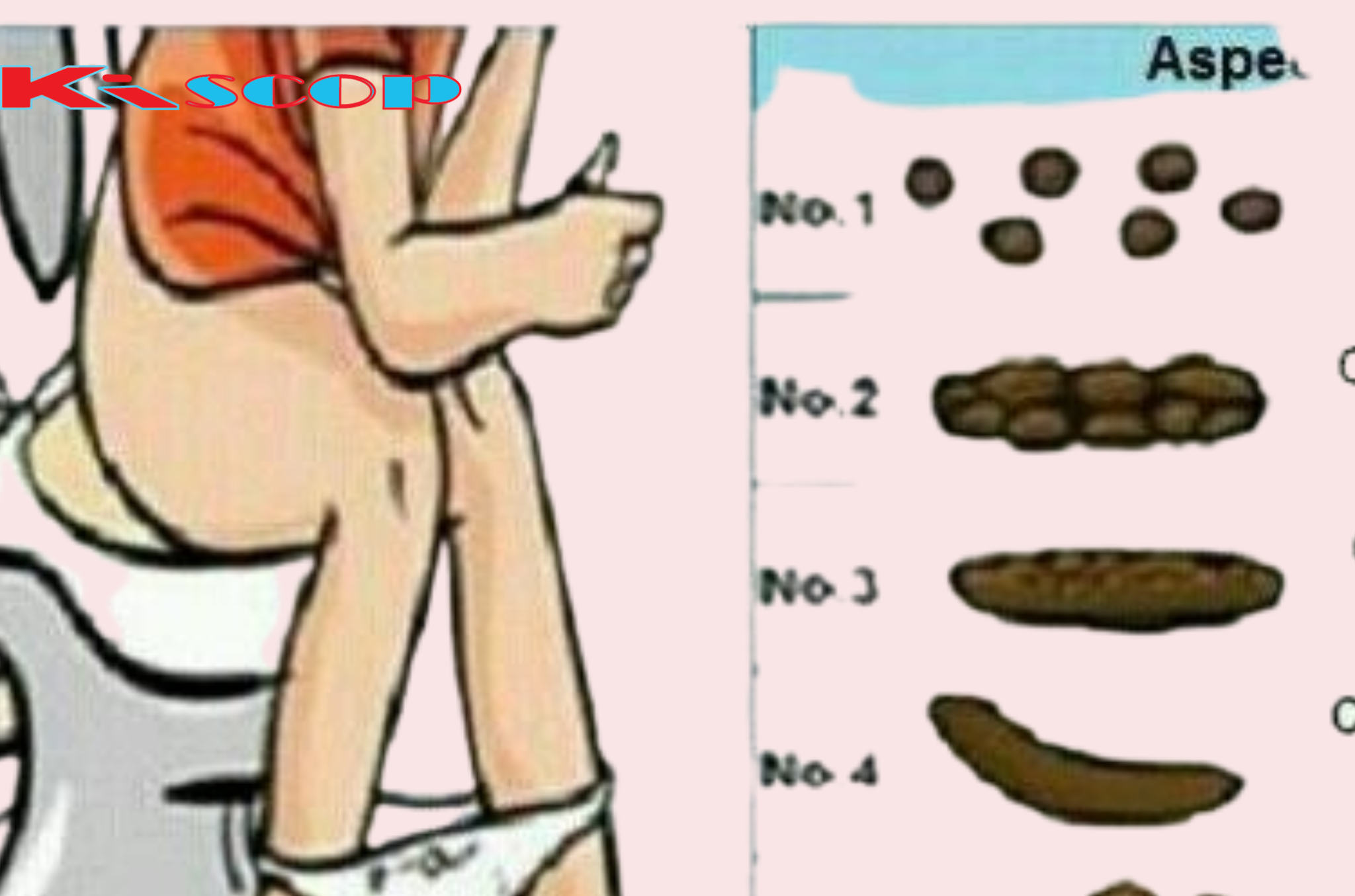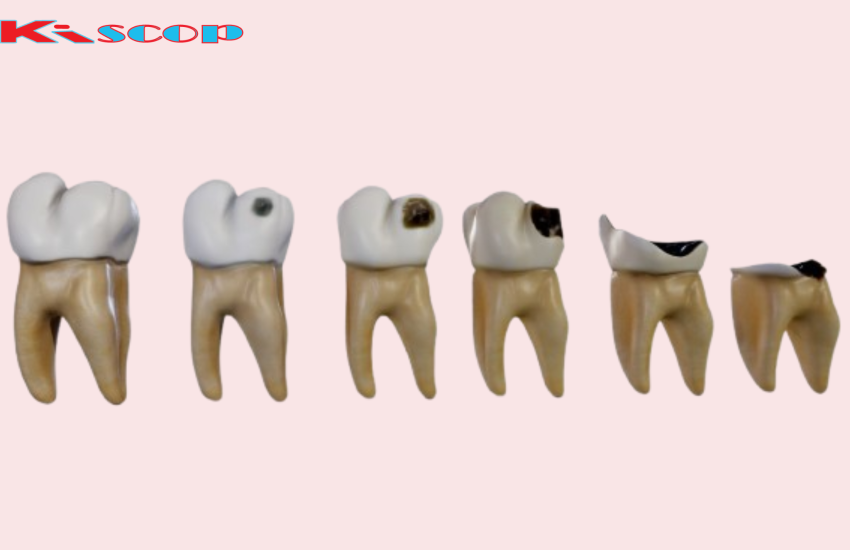A Quick Look in the Toilet Can Tell You If You’re Healthy!
Your bathroom habits, particularly what you see in the toilet, can provide valuable insights into your overall health. While it might not be the most glamorous topic, paying attention to your stool can help you detect potential health issues early on. Here’s what your bathroom observations might be telling you about your health.
1. Color of Your Stool: A Spectrum of Health Indicators
The color of your stool can be a clear indicator of what’s happening inside your body. A healthy stool is typically a medium to dark brown color, but variations can occur based on diet, medications, and underlying health conditions.
- Brown Stool: This is the normal color for stool, indicating that your digestive system is functioning properly. The brown color comes from bile, which is produced by the liver and helps digest fats.
- Green Stool: Green stool can result from eating large amounts of green vegetables like spinach or from consuming food with green coloring. However, it can also indicate that food is moving through your digestive system too quickly, such as in cases of diarrhea, preventing bile from fully breaking down.
- Yellow Stool: Yellow, greasy, and foul-smelling stool can be a sign of excess fat in the stool, which might indicate a malabsorption disorder such as celiac disease or a problem with the pancreas, such as chronic pancreatitis or pancreatic cancer.
- Black Stool: Black or tarry stool can indicate bleeding in the upper gastrointestinal tract, such as from an ulcer or esophageal varices. However, it can also result from taking iron supplements or eating foods like black licorice or blueberries.
- Red Stool: Red stool can be alarming, as it might indicate bleeding in the lower gastrointestinal tract, such as from hemorrhoids or diverticulitis. However, it could also be caused by eating red-colored foods, such as beets or tomatoes.
- Clay-Colored or Pale Stool: Pale or clay-colored stool can be a sign of a lack of bile, possibly due to a bile duct obstruction or liver disease. This requires immediate medical attention.
2. Consistency and Shape: Insights Into Digestion
The consistency and shape of your stool are also important indicators of digestive health. The Bristol Stool Chart classifies stool into seven types, ranging from hard lumps to watery consistency, with Type 3 and 4 being considered optimal.
- Type 1-2 (Hard Lumps): This type of stool is typically a sign of constipation. It can be caused by a lack of fiber, dehydration, or a sedentary lifestyle. Chronic constipation can lead to complications like hemorrhoids or anal fissures.
- Type 3-4 (Smooth, Sausage-Shaped): This is considered the healthiest stool type, indicating that your digestion is functioning well and that you’re consuming a balanced diet with adequate fiber and water.
- Type 5-7 (Soft, Mushy, or Watery): Loose or watery stool can be a sign of diarrhea, which might result from an infection, food intolerance, or a digestive disorder such as irritable bowel syndrome (IBS). Persistent diarrhea can lead to dehydration and nutrient deficiencies, so it’s important to seek medical advice if it continues.
3. Frequency: How Often Should You Go?
The frequency of your bowel movements can vary widely from person to person, but most health experts agree that anywhere from three times a day to three times a week is normal. However, significant changes in your regular pattern can be a sign of a health issue.
- Frequent Bowel Movements: Going more often than usual could be due to increased fiber intake, stress, or an infection. However, it could also be a sign of a chronic condition like IBS or hyperthyroidism.
- Infrequent Bowel Movements: If you’re going less often than usual, it might indicate constipation, which could be caused by dehydration, a low-fiber diet, or a lack of physical activity. Chronic constipation can be a sign of conditions like hypothyroidism or a blockage in the intestines.
4. Smell: When Odor Signals an Issue
While it’s normal for stool to have an unpleasant odor, an unusually foul smell could indicate an underlying problem.
- Foul-Smelling Stool: If your stool has an unusually strong or foul odor, it could be due to malabsorption, where the body isn’t properly absorbing nutrients. This can be seen in conditions like celiac disease or chronic pancreatitis. It might also result from an infection, such as giardiasis or other gastrointestinal infections.
- Sweet-Smelling Stool: A sweet-smelling stool might indicate a Clostridioides difficile (C. diff) infection, which often occurs after taking antibiotics. This bacterial infection requires prompt medical attention.
5. Undigested Food: A Clue to Digestive Health
Seeing pieces of undigested food in your stool is usually not a cause for concern, especially if it’s from high-fiber foods like corn, nuts, or seeds. However, if you regularly notice large amounts of undigested food, it could indicate that your digestive system is not breaking down food properly, which might be due to a lack of digestive enzymes or a digestive disorder.
6. Floating Stool: Possible Malabsorption
Stool that floats rather than sinks can be a sign of excess gas or fat in the stool. Floating stool is often seen in cases of malabsorption, where the body isn’t absorbing nutrients properly. This can occur in conditions like celiac disease, chronic pancreatitis, or after gastrointestinal surgery.
7. Mucus in Stool: A Sign of Inflammation
Mucus in the stool can be a sign of inflammation in the digestive tract. While a small amount of mucus is normal, especially in people with IBS, larger amounts or mucus accompanied by blood or abdominal pain can indicate more serious conditions like inflammatory bowel disease (IBD) or an infection.
8. Blood in Stool: When to Seek Help
Blood in the stool is always a cause for concern and should never be ignored. It can appear as bright red streaks on the toilet paper or in the stool, indicating lower gastrointestinal bleeding, possibly from hemorrhoids, anal fissures, or diverticulitis. Dark, tarry stool suggests bleeding in the upper gastrointestinal tract and requires immediate medical attention.
9. Changes During Illness: What to Watch For
During illness, particularly gastrointestinal infections, you might notice significant changes in your stool, such as diarrhea or changes in color and consistency. While temporary changes are common, persistent changes or severe symptoms like blood in the stool, dehydration, or severe abdominal pain warrant medical attention.
10. Painful Bowel Movements: Potential Causes
Experiencing pain during bowel movements can be a sign of various conditions, such as hemorrhoids, anal fissures, or even more serious conditions like colorectal cancer. Persistent pain or discomfort should be evaluated by a healthcare provider to determine the underlying cause and appropriate treatment.
Conclusion
A quick look in the toilet can reveal a lot about your health. While it might not be the most pleasant aspect of your daily routine, paying attention to the color, consistency, frequency, and other characteristics of your stool can provide important clues about your digestive health and overall well-being. If you notice significant or persistent changes, it’s important to consult a healthcare professional to ensure that any potential issues are addressed early on. Staying informed about your bathroom habits can be a simple yet effective way to monitor your health and catch potential problems before they become serious.



